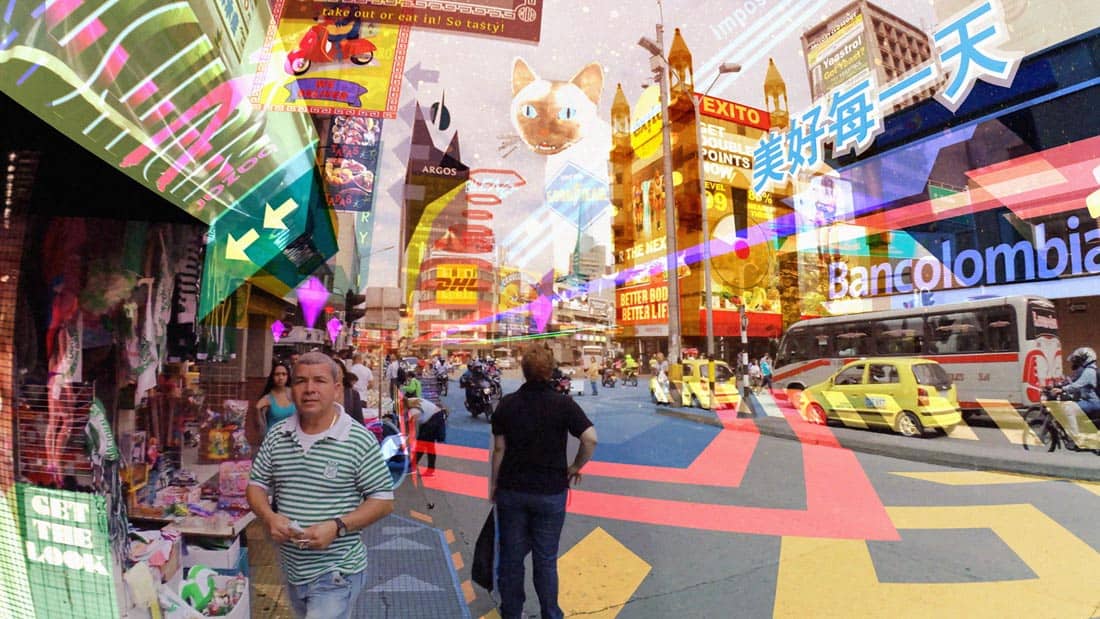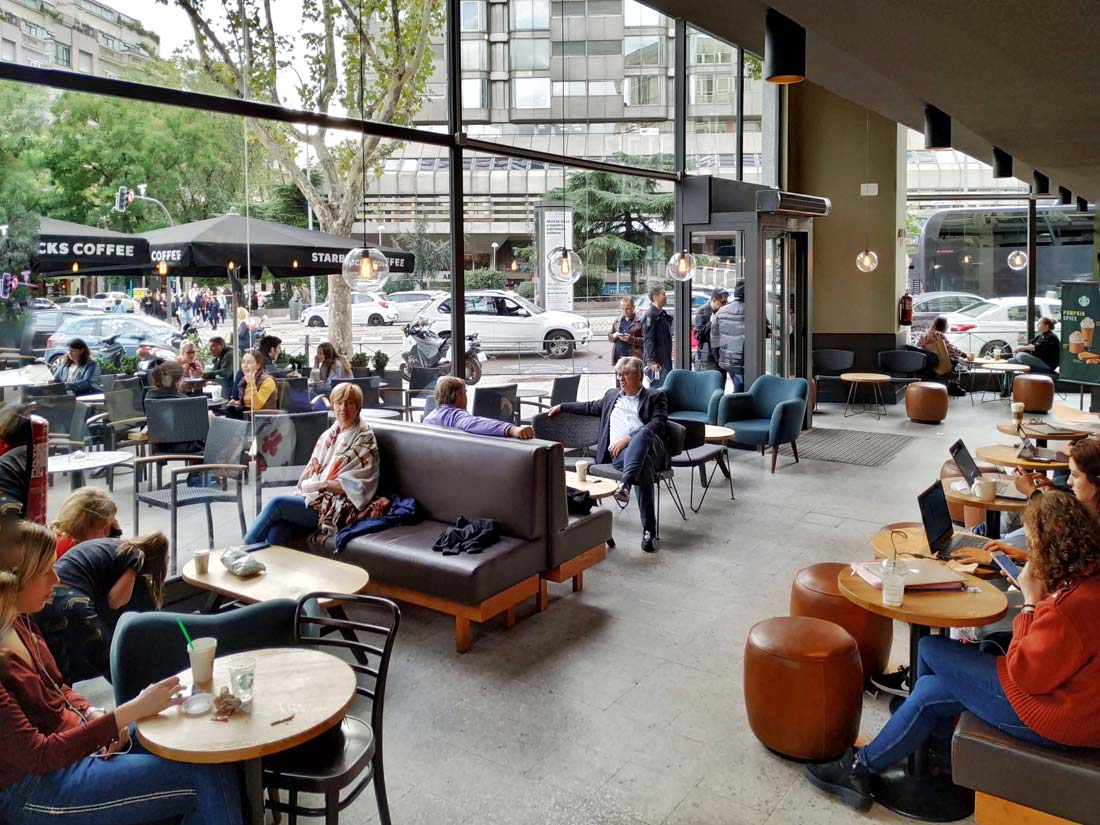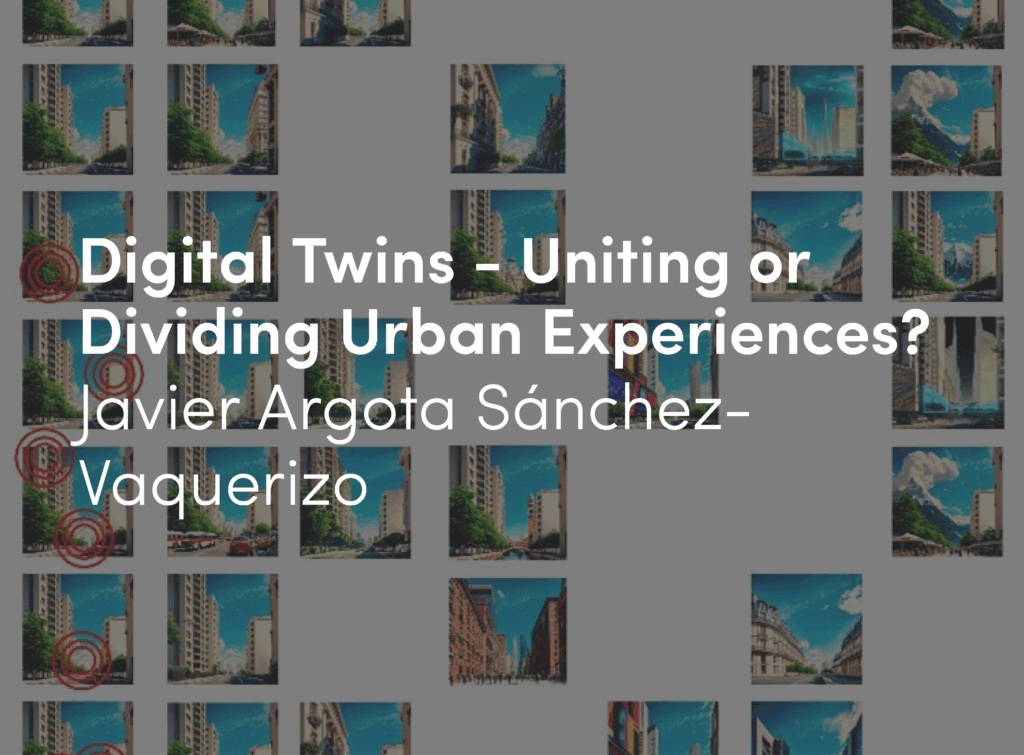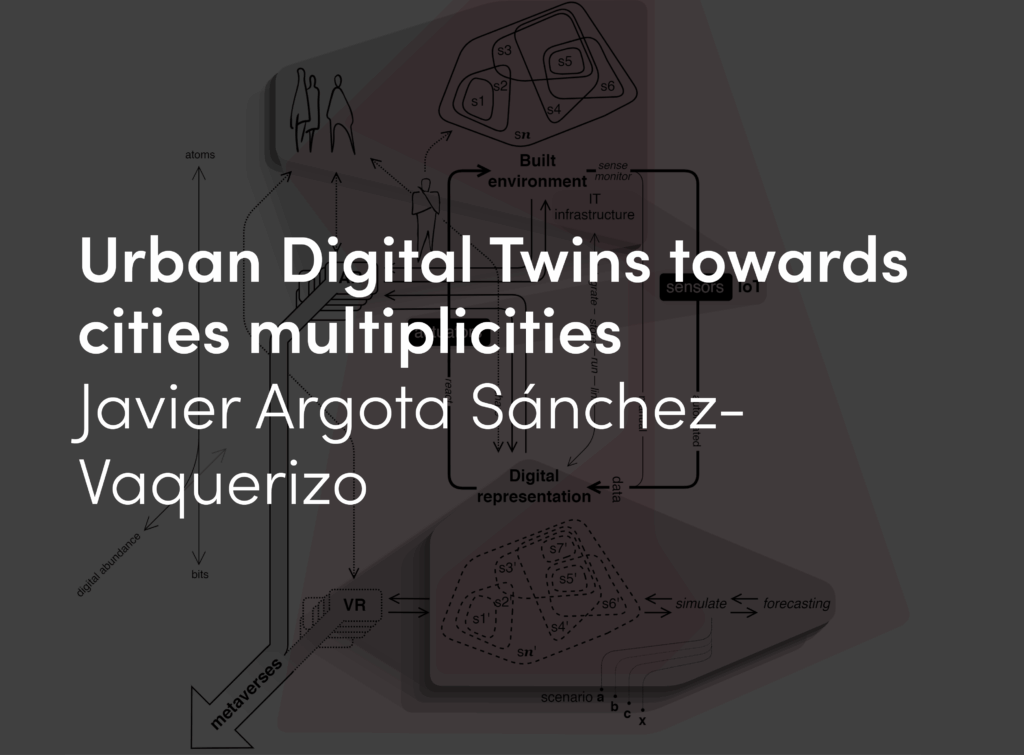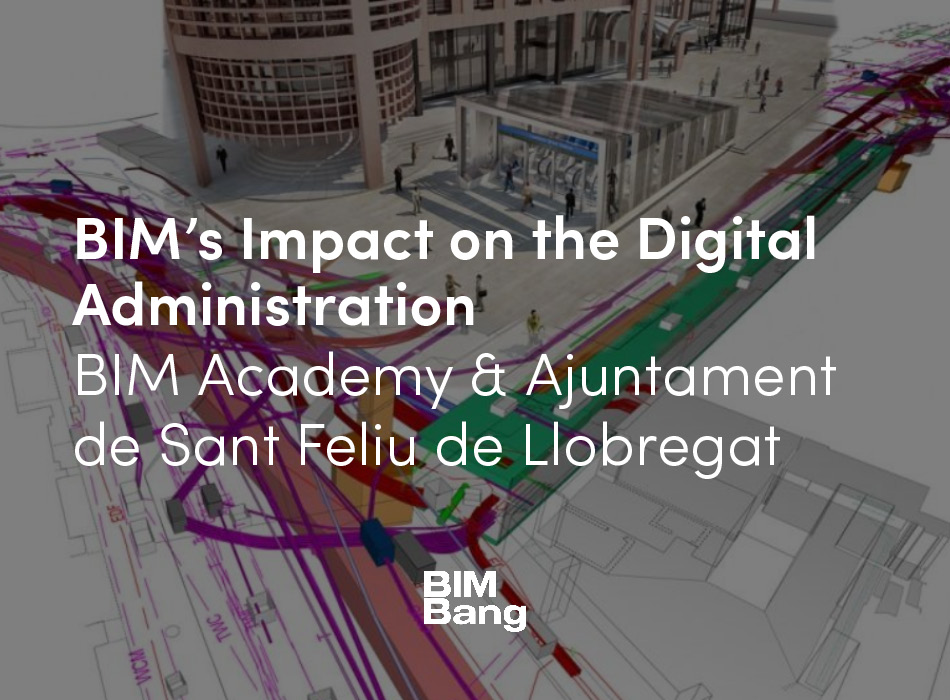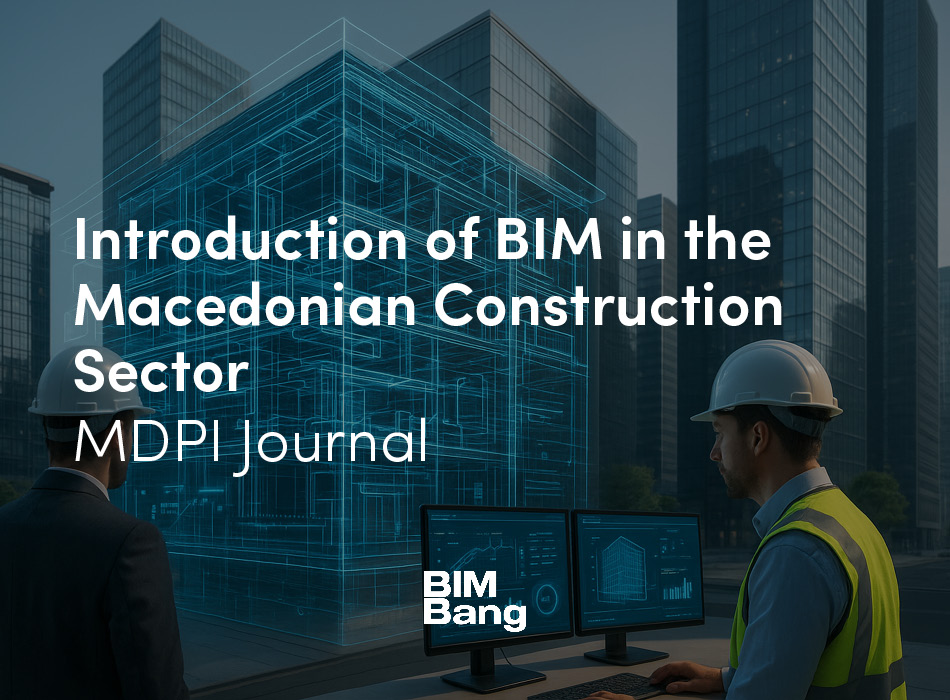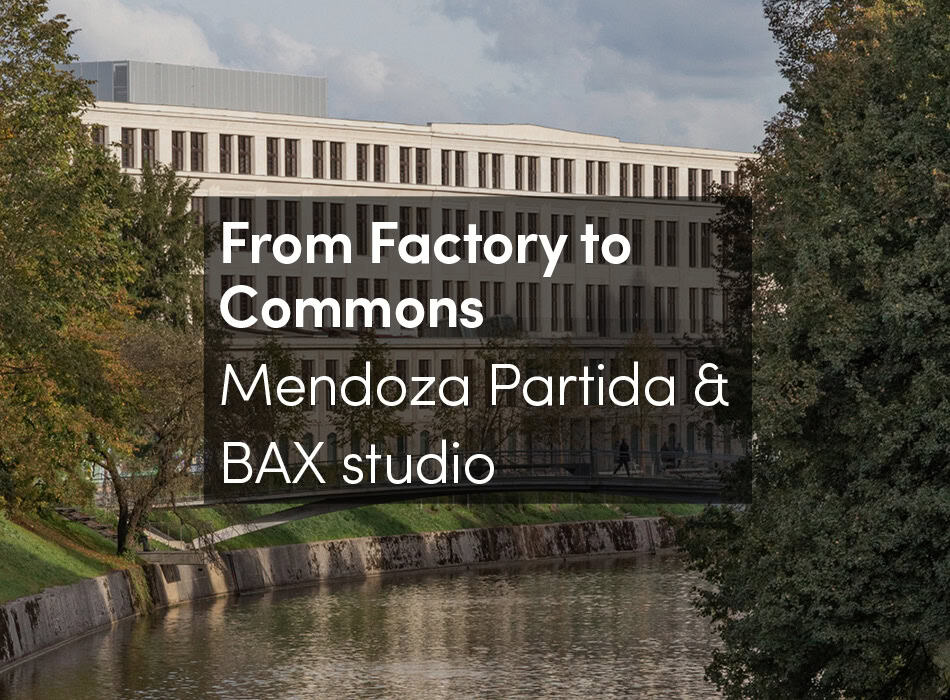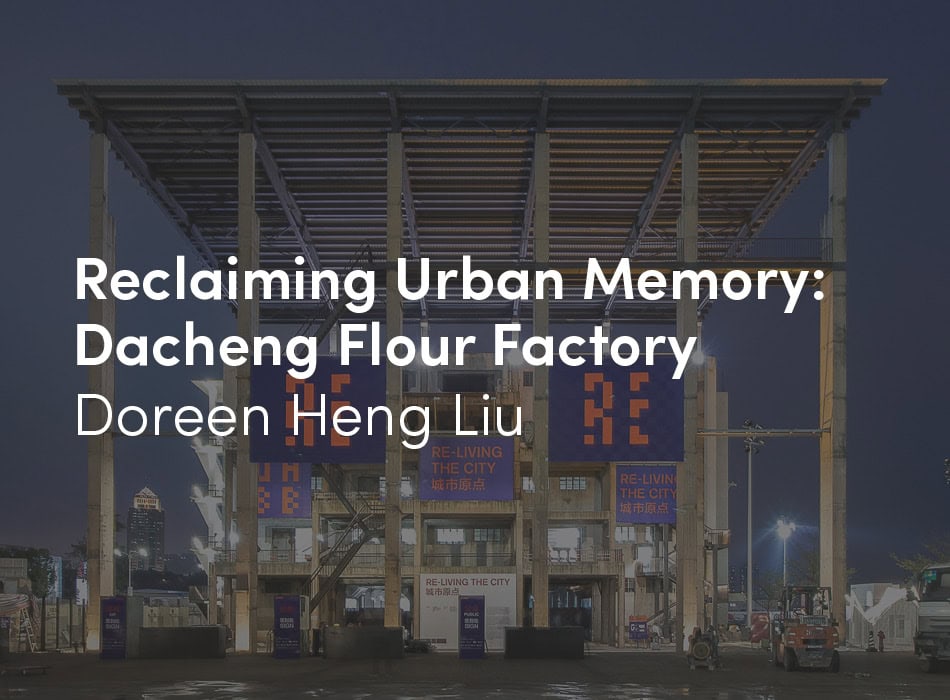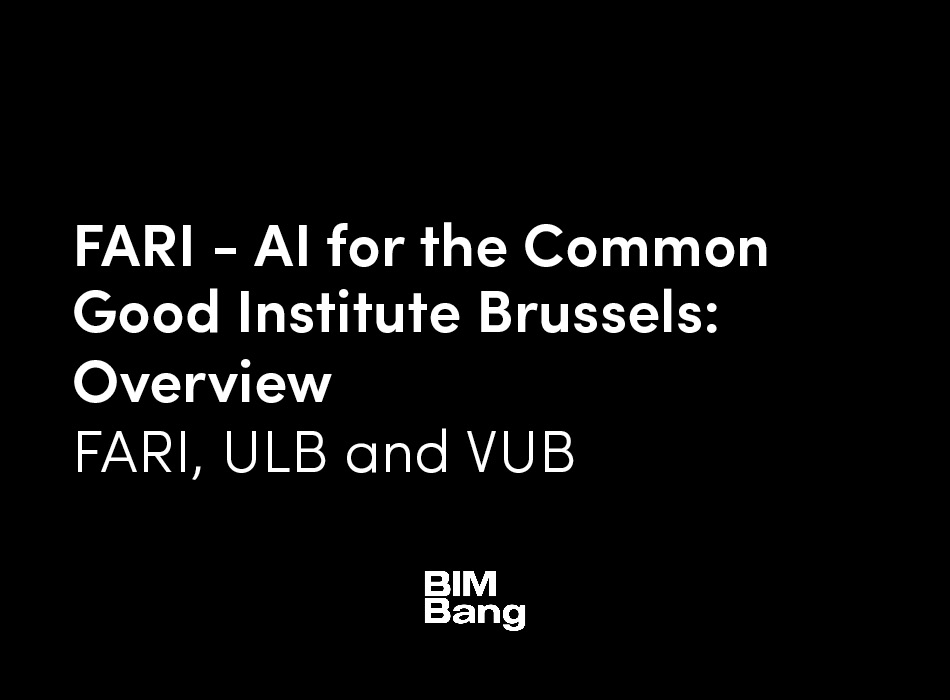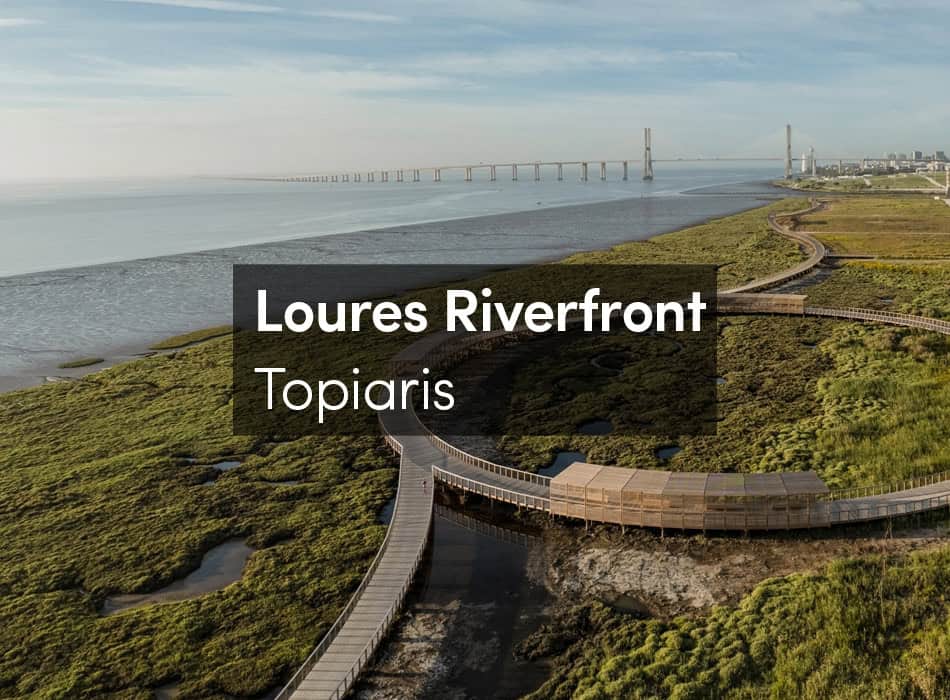The digital revolution (Castells, 1999) enables new ways of living and understanding the city, that should fuel a radical change in how architecture conceives the urban and domestic environment. Furthermore, the rise of social networks has been joined by apps that generate temporary micro-domesticities. Social networks and virtual communities, such as Facebook, Instagram and Reddit, provide virtual groups where familiar emotional ties are created (Boltery Gruisin, 2000), founded on shared interests and ways of life. Homes are also being potentially deterritorialized since they are losing the main meaning around which their entire structure revolved: the family. The main balance on which cities were based, the centrality of the dwelling, is changing as a result. The digital revolution, and more generally the possibility of a continuous connection between people and with the surroundings, is engendering lifestyles that involve a constant contact with the community that transcends specific physical limits. That community is continually present, constituting a new social layer, an absolute novelty of the digital era that must be taken into consideration when designing and thinking about the contemporary city.
The augmented city. Keiichi Matsuda, “Hyper-reality”, 2016.
The new technological omnipresence leads to a mixture between the public and private spheres, creating a hybrid, augmented, environment that does not rely on traditional concepts, but allows for experiencing and looking at the city with different eyes. The interaction with all the components of an urban environment is based on the new contemporary ways of living following the digital revolution, which increases and expands its possibilities. A symbiosis like never before is created between the inhabitant and the place, and this leads to a continuous re-modelling of the architectural space according to the needs of its users. A space that is not singular but plural, and that is conscious that it relies on many more factors than just itself; it is a part of a hyperconnected whole.
While the city is not only a sequence of architectural and urban events but also a network of (digitally and spatially) connected spaces, the house is now stripped of many of the components that used to structure it over the centuries. These components pour out into the city, transforming in the process. The digital revolution, among many other social, political, economic and cultural events, has helped to turn the bedroom into a new multimedia/office living room; the kitchen into an urban expansion through delivery services of all kinds; the living room into an element that is no longer uniquely defined, but omnipresent in every urban space, whether publicly or privately owned; the bathroom into a place that rediscovers its own sensuality and its relationship with the body, as well as a new extension of the office. The original dualities man-woman, public-private, internal-external, leisure-work, are definitively altered, making the original uses unrecognizable. Routines are broken; new routines are created that are completely dependent on new life patterns linked to the speed of action, to the possibilities of individual devices, and to the expanded urban relationship.
Domestic interior of a Starbucks in Madrid’s city centre. Photo by the author.
This leads citizens toward a condition in which it is impossible to recognize oneself in a single, uniquely defined place. In fact, the inhabitants of the contemporary city live in the condition that Verschaffel has called “a-topia” (2012): the human being becomes a nomadic subject freed from the concept of belonging and, therefore, in a state of perennial transit. With this new figure, the concept of interior and exterior is transformed; which needs to be extended beyond life within private property in the public sphere of the city. As people become more nomadic (physically and mentally, thanks to the digital revolution), the concept of their domestic space is increasingly separated from a fixed place.
This contemporary transformation leads to a complete redefinition of the meaning of the urban and domestic environment based on the new communicative and technological potentialities. Emerging technologies and their uses (from the Internet of Things to big data with its large-scale data storage for immediate application) associated with the city and housing aren’t just modifying personal environments, but also the general one, affecting every aspect of contemporary life. Even the working world is affected: the dissolution of physical boundaries into the city introduces a condition of “immaterial labor” (Aureli, 2015) and a potential omnipresent production.
Neo-nomad using digital devices to work from the bed. Copyright free picture.
With the advent of immaterial labor, the contemporary perception of the domestic realm is even more disrupted: the dissolution of the clear distinction between the workplace and leisure space through the incorporation of communication technologies set up the urban and domestic environment as the new epicenter of the production system. The consequences for homes are evident: they are now also connected work centers. But we cannot neglect the effects on the city as well: in major cities there has been a gradual emptying of office space that illustrates the decline of this architectural typology and the structures of the cities themselves. Although not all the population embraces these changes – nor do all the houses contain the same installations – it is possible to recognize an increasing tendency to inhabit the city through this digitally-augmented domesticity. We need to better understand the possibilities that can lead to a better management of urban spaces, and how they will shape new architectural relationships.
The construction of the city, of houses and offices as we have known them are on the potential eve of radical change. The close relationship between the productive context and new domestic environments implies that a change in the former will lead to a remodeling of the latter. Being able to read this transformation is therefore fundamental for a contemporary design that does not remain in anachronism.
New kind of works that merges the urban environment with the digital one. Copyright free picture.
The power that contemporary technology shows in connecting traditional urban possibilities, and enabling new ones, is in developing new lifestyles based on a “living” understanding of the city. It is no longer a place that passively, or by imposition, accepts its structure. Rather, it has become a place capable of transforming itself and being transformed according to the current changes. The city is therefore an augmented environment that sees, that feels, that increasingly behaves like a living being made up of a community of technological devices. A place where the inhabitant can feel free from imposed social constructions and can therefore experience a renewed freedom in an urban context that adapts to any need. A freedom that lies in the increased individuality of a single person, but also in the greater collectivity of society. A renewed collective interaction that has the potential to shape new temporary spaces outside the traditional typologies.
It is not just a matter of flows; it is above all a matter of how the digital revolution is changing lifestyles and, consequently, how we perceive and build the city. It is creating a citizen that can interact on many more layers with the city, enabling rapid transformations that modify perception. Citizens who can “program” the city according to their own needs; from the smart city to the smart citizen.
A city capable of seeing and feeling is not only a revolution in terms of optimization and the efficiency of its own structure. It brings with it a drastic change in its own hierarchies, constructions and structures. It brings with it the transformation of the main architectures that built it, entailing a rigorous rethinking of its places and of the very meaning of the urban environment. Is there a limit to this new freedom? How might cities grow or improve according to these radical changes?
Houses and offices are no longer the two pillars of the city: among them are infinite non-places (Augé, 1995), mixed-use places, shared places, collective places, capable of transforming themselves liquidly and continuously according to what the “eyes of the city” perceive.





